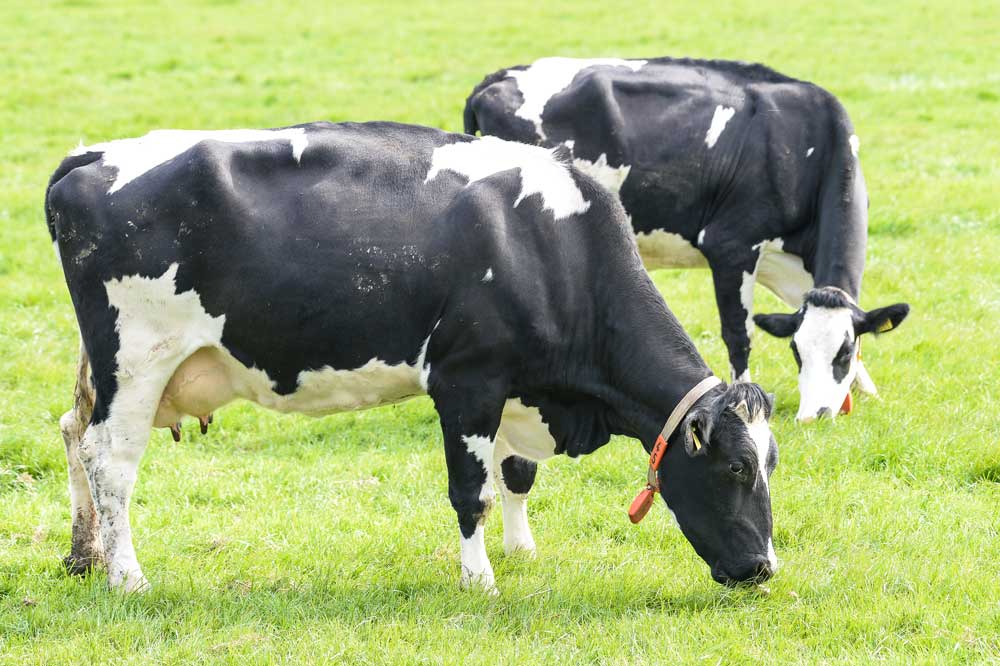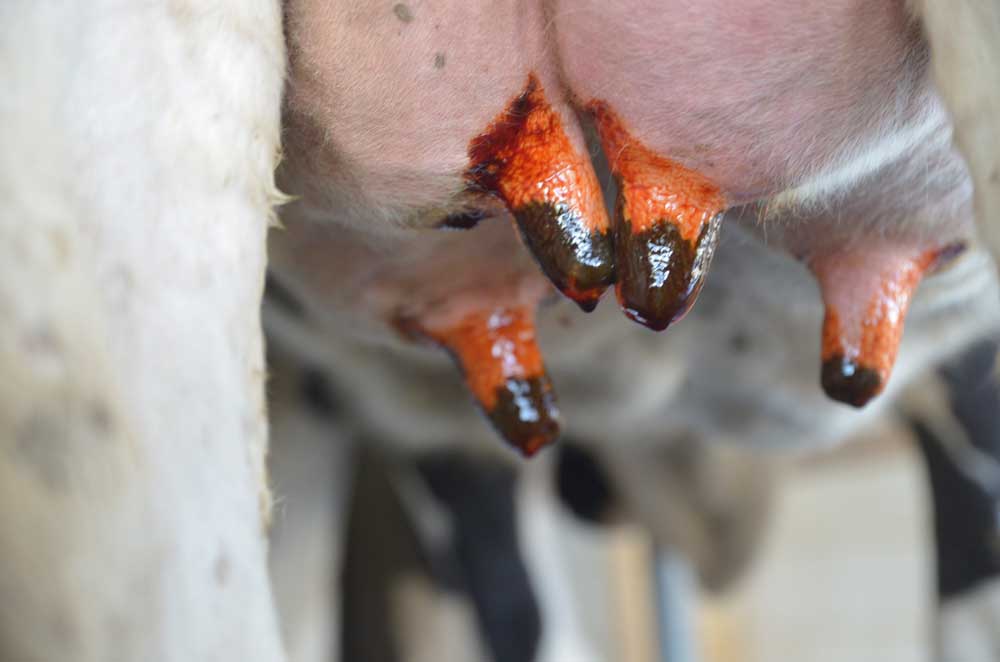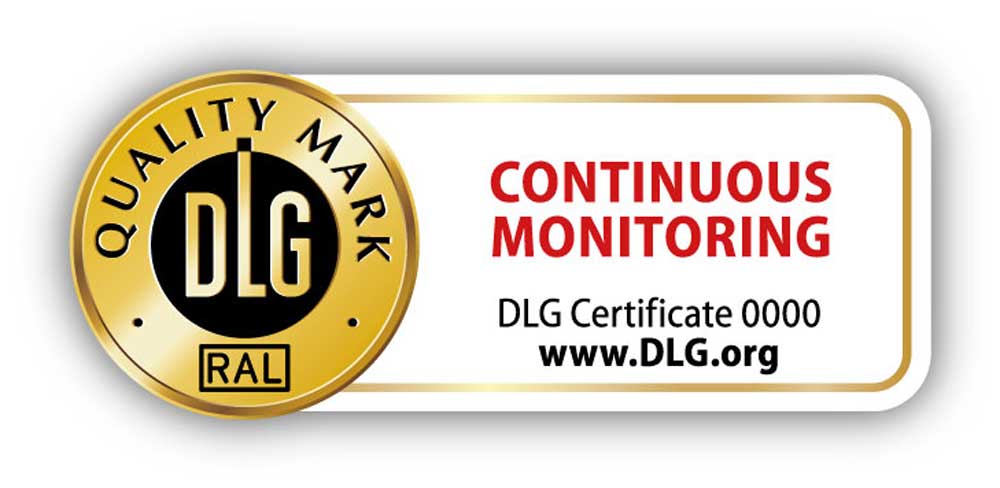Economic milk production: Ensuring udder health
Dr Michael Eise, DLG Test Centre for Technology and Farm Inputs
Every dairy farm regularly sells cows and replaces them with young animals, usually from their own offspring. It is desirable for the dairy farmer to be able to deliberately sell cows that are as healthy and old as possible at the end of lactation. Such voluntary or planned disposals are management decisions aimed at improving the status of the herd as a whole through the breeding successes achieved in the offspring, such as higher milk yield, better foundation or more robust health.
In reality, unfortunately, all too often involuntary slopes dominate. The most common causes are infertility and diseases of claws and limbs as well as udder diseases. Besides the loss itself, the timing of involuntary departures is annoying, because especially in the case of injuries or diseases, this is often before the 60th day of lactation as the peak of milk production.
Diseases are a management task
Experience shows that herd health is clearly dependent on herd management. If the situation in the herd is to be improved in the long term, the first task is to determine and document the causes of loss as precisely as possible. This can be quite difficult, because a loss cannot always be traced back to a clearly identifiable cause. In practice, for example, "low performance" often hides metabolic disorders due to non-optimal feeding rations. Udder diseases belong to the so-called factor diseases, i.e. various factors such as barn and milking hygiene, climate, feeding or milking technique can be the cause, often in combination. Since udder diseases often only occur subclinically, it is essential to keep an eye on the udder health of the herd and to regularly determine the proportion of udder-healthy animals in the herd as an indicator of the udder health of the farm. At the latest when a proportion of 25 % of the animals reaches cell counts of over 100,000 cells/ml, the farm manager's special attention is required. The background is initially subclinical mastitis diseases. From 100,000 cells/ml, it is to be feared that an animal has already developed such a subclinical mastitis in one or more quarters. If the cell counts rise above 200,000 cells/ml, this already leads to a significant drop in milk yield - in addition to a treatment that is usually urgently needed. Even higher cell counts of 400,000 cells/ml or more can even become noticeable in the cell count of the herd milk, which ultimately puts the overall supply capability at risk.
Keeping an eye on the costs
Among the costs caused by udder diseases, the following points are particularly relevant: In the case of clinical mastitis cases, the first costs to be mentioned on the expenditure side are medication and veterinary costs as well as the increased workload. On the income side, the milk of the diseased animal is lost due to the delivery ban from the onset of the clinical disease until the end of the elimination of the administered medication. In addition, after mastitis has been overcome, the milk yield may be permanently impaired, which may even lead to the animal's miscarriage. Losses of 450 to 500 Euros per animal and lactation are to be expected. In the case of subclinical mastitis, i.e. udder problems that increase the cell count, in addition to a change in the milk composition with regard to cheese-making suitability and an impairment of the hygienic value of the milk, it is above all the often considerable milk yield reduction that hits the head. If one takes as a basis reduced milk yields of 4 to 10 % with cell counts above 250,000 cells/ml or up to 18 % from 500,000 cells/ml, one must assume costs of 150 to 250 euros per lactation per case. In addition, there is the frequency, because subclinical mastitis occurs between 20 and 50 times more frequently than the clinical form, so that the financial impact on the farm can be enormous. If this then increases the mating rate of young cows, they may not even be able to cover their rearing costs of around 1,500 euros, which would only be the case after more than 2.5 lactations at a milk payment price of 35 ct/kg.
Udder hygiene is the most important thing
Mastitis is caused by pathogens that are found either in the udder of infected cows (cow-associated) or in the barn environment (environment-associated). To prevent mastitis caused by environmental germs, it is important to keep the lying areas hygienic, the udders clean and supple so that germs cannot adhere easily, and to clean the teats before milking. Good udder pre-cleaning can already reduce germ ingress by removing potential pathogens from the udder and teats before milking. In addition to using fresh udder cloths or papers for each cow, teat cleaning agents should also be used if necessary to prevent the transfer of germs between animals. Cow-associated germs are spread from cow to cow during milking via milking equipment, but also through hands or improperly used udder cloths. Particularly in the cold season, rough and cracked skin changes on the udder occur more frequently. The use of udder hygiene products with a sufficient amount of nourishing substances protects the skin from drying out and keeps the teats supple. Soiling can adhere less easily, which significantly reduces the germ pressure on the udder and teats, and the teats are more resistant to the mechanical stress caused by milking. Dipping agents prevent germs from entering through the open teat canal after milking. In addition to disinfecting properties, these products have a high care content to protect and care for the stressed udder skin. And finally, it is important to determine the cell count between milk checks. Conductivity measurements can provide indications here, but their results must be verified by milk cell tests if necessary due to the many ways in which the measurement can be influenced.
DLG-tested products provide safety
A successfully passed DLG test confirms that an udder hygiene product meets the high quality criteria that a neutral and independent DLG test commission of volunteer experts has defined in a test framework. Here it is particularly important that a good skin care effect is achieved. Udder hygiene products with the DLG quality mark must also not spread mastitis pathogens, cause inhibitors in the milk or contain undesirable substances. The DLG-approved milk cell tests must deliver the same results as those found with the routine method from the milk quality test.
Currently, the DLG has a total of 76 products from 22 companies in continuous product monitoring. This means that after a full-scale award test for a DLG quality mark, samples of these products are taken at least once a year from the manufacturer or purchased on the market and examined for their quality-relevant, value-determining characteristics. In this way, the farmer can rely on a consistently above-average product quality for the seven milking greases and milking emulsions from six manufacturers as well as the 69 DLG-tested teat dips from 19 manufacturers. Together with the aforementioned management measures, one can thus increase the economic success of one's farm.







